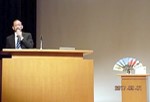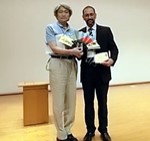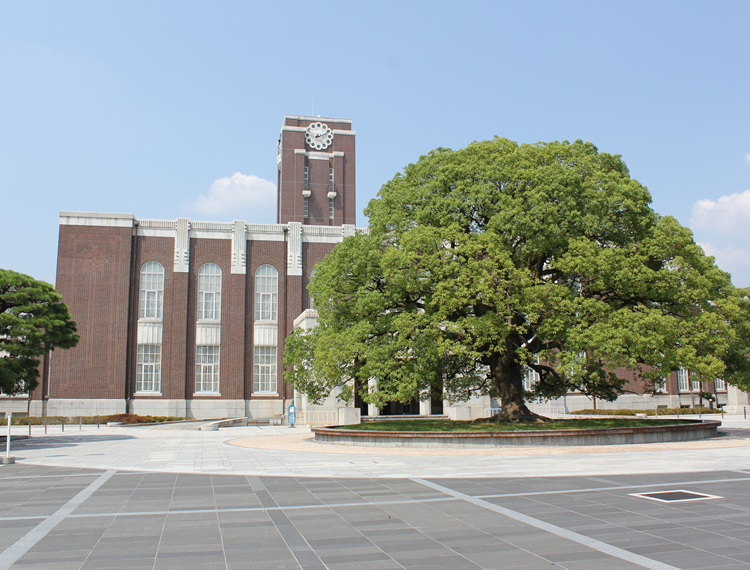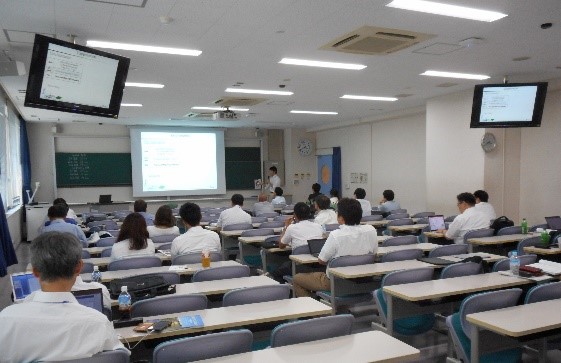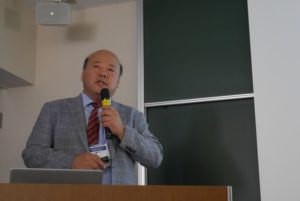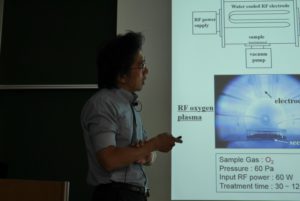In the opening talk prof. Sdyder of Northwestern University reviewed the role of Fermi Surface Complexity Factor for Thermoelectric Materials giving a wide number of examples and state of the art of experiments an band structure calculations.
Prof. Oh of hanbat University (Korea) gave a complementary talk with instructive overview on Therthe effect of band structure modulation on thermoelectric properties.
In his invited talk entitled “Novel nitride an oxide thin-film materials for thermoelectrics” Per Eklund (Linkoping University) reported about a ten-year investigation of ScN systems. While the nitride itself has a very good power factor, its thermal conductivity was too large to make its ZT acceptable. Adding Cr resulted in a significant reduction of κ. Further improvement of ZT could be achieved through a systematic investigation of transition metals capable of forming stable solid solutions with ScN (either ordered or disordered). A likely reduction of the thermal conductivity could also be achieved by generating (Ti, W)N-(Sc, Al)N superlattices, but the nanostructure was found to be stable only up to 950 °C, limiting its applicability. In the second part of his talk, Eklund discussed his research on Ca2Co4O9. Its laminar structure makes the material quite performing, and it was shown that thin films grown onto mica may be peeled off, leading to one of the few examples of flexible and self-sustaining inorganic thin films.
Gao Min (Cardiff University) ended the session with a keynote entitled “A high-throughput approach towards accelerated discovery of promising thermoelectric materials” where combinatorial methods were applied to quicken the exploratory research on new thermoelectrics. He focused on binary (and ternary) alloys. The aim of the wok was to reduce the enormous number of possible AxBy compounds to be tested in the search for high ZT. Using very simple element characteristics such as electronegativity and atomic weight, radius, and number, he could show how efficient TE materials cluster together. Although the method does not aim at pointing out which binary compound might have large ZT, it enabled the experimental investigator to discard binary (and ternary) compounds which do not qualify as good thermoelectrics. His analysis was supported by experiments carried out by laser melting that enabled the fast synthesis and characterization of a large number of binary compounds.
Prof. Mele of Muroran IT gave final remarks on the symposium A5 which was highly succesfull, with the highest number of presentations in the whole conference. All talks and posters were excellent and top-level research on thermoelectric was widely represented. Symposium A5 was enriched with AAT school (pre-event) and satellite workshop. There is strong intention to organize the thermoelectric symposium during IUMRS-ICAM 2019 in Nice.
